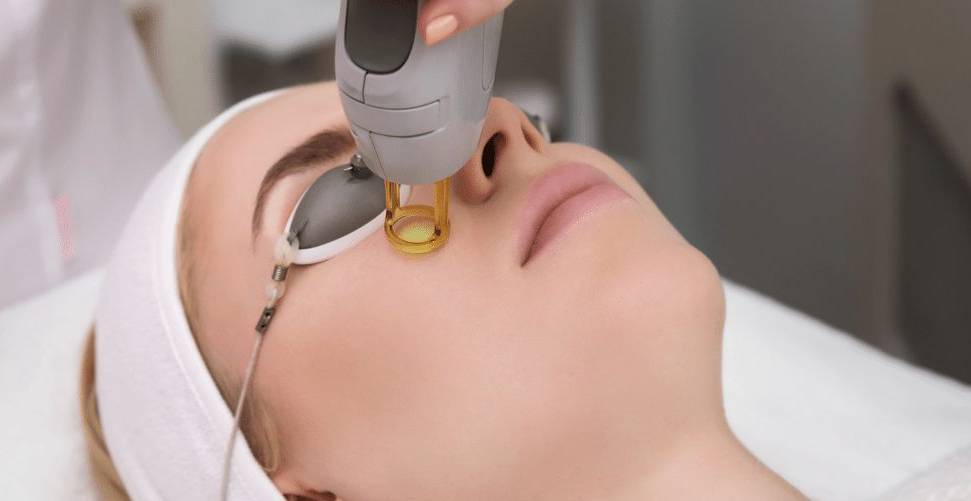The Principle of Picosecond Laser for Pigmentation Removal - Explained by Dr. Yeung Ho Hong (楊浩康)

The picosecond laser (皮秒激光) is an advanced laser treatment device distinguished by its use of ultra-short pulses (less than 1 nanosecond) to precisely target pigment particles in the skin. This technology relies on the laser medium to determine the emitted wavelength, enabling treatment of various endogenous and exogenous pigments. During the procedure, laser energy is concentrated at specific depths in the skin, producing a powerful photoacoustic effect that rapidly shatters abnormal pigments into tiny particles. These are then gradually cleared by the body’s immune system, restoring a more even skin tone.
Compared to traditional Q-switched lasers, the picosecond laser has a shorter pulse duration, meaning it primarily relies on mechanical shockwaves rather than thermal effects to break down pigments. This photoacoustic-dominant mechanism not only allows for more precise pigment fragmentation but also significantly reduces photothermal damage to surrounding healthy tissue. As a result, picosecond lasers demonstrate superior efficacy in removing challenging tattoo pigments like blue and green, as well as addressing other skin pigmentation issues.
In picosecond laser treatment, medical professionals can adjust the laser wavelength, energy density, and focal depth based on the patient’s specific skin condition and treatment needs. The laser medium dictates the output wavelength, which in turn affects the absorption by specific pigments. Through precise parameter control, the laser creates tiny thermal coagulation points confined to the areas containing pigment particles, avoiding damage to adjacent normal tissue. Post-treatment, the fragmented pigment particles are metabolized and cleared from the body via the immune system, achieving the goals of pigmentation removal and tattoo fading.
Despite its many advantages, picosecond laser treatment, like all medical aesthetic procedures, carries potential side effects. Common post-treatment reactions include mild pain, localized redness, swelling, pinpoint bleeding, scabbing, and blistering. Some patients, particularly those with darker skin tones, may experience post-inflammatory hyperpigmentation or hypopigmentation, making thorough pre-treatment evaluation and precise parameter settings critical. Professional doctors tailor individualized treatment plans based on each patient’s skin characteristics and condition to minimize side effects and optimize results.
Another significant advantage of picosecond laser treatment is its non-invasive nature. The procedure requires no surgery or incisions and has a very short recovery period, allowing patients to resume daily activities quickly after treatment. This approach is versatile, applicable not only to tattoo removal but also to improving various types of pigmentation and skin discoloration. With ongoing technological advancements, picosecond lasers have become a mainstream technique in modern medical aesthetics, attracting numerous patients seeking treatment.
In summary, the principle of picosecond laser pigmentation removal (皮秒激光去斑) relies on the photoacoustic effect generated by its ultra-short pulses to fragment abnormal skin pigments into fine particles, which are then metabolized and cleared by the body’s natural processes, effectively removing spots and fading tattoos. This efficient and precise treatment minimizes thermal damage to surrounding skin while offering the benefits of simplicity and a short recovery period. However, potential side effects cannot be overlooked, making the expertise of a skilled and experienced professional doctor, along with a well-designed, personalized treatment plan, key to success. Through scientifically sound treatment and comprehensive pre-treatment assessment, picosecond lasers can safely and effectively address various skin pigmentation issues, helping patients regain a uniform, radiant, and healthy complexion.
